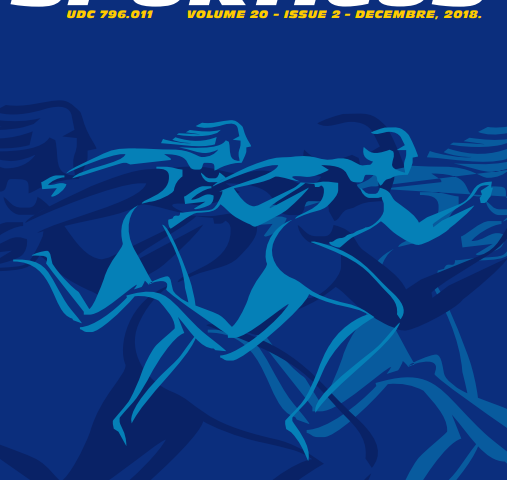Abstract
Aim of the study was to determine the structure of running kinematic parameters of boys aged 10-12 that are grouped according to the results value of the 50 meters athletic sprint. Multivariate analysis of variance was used to determine differences between the formed quality groups of boys in treated variables of running kinematic parameters. Univariate F-tests indicated that the three formed quality groups of boys differ significantly in the kinematic parameters of frequency and stride length, and achieved maximum speed of running. Statistically significant difference between formed quality groups of boys was not detected in the kinematic parameters of contact and flight duration. Differences in the structure of running kinematic parameters for the formed quality groups of boys are graphically presented in the Z-5 values. Results of this study have determined that the frequency and stride length and level of achieved maximum running speed are variables that can better examine differences in the structure of running kinematic parameters of boys at the age 1012, as opposed to the duration of contact and flight. Presented structure of running kinematic parameters can help in forming models for identification and selection of talented boys for athletic sprint.


